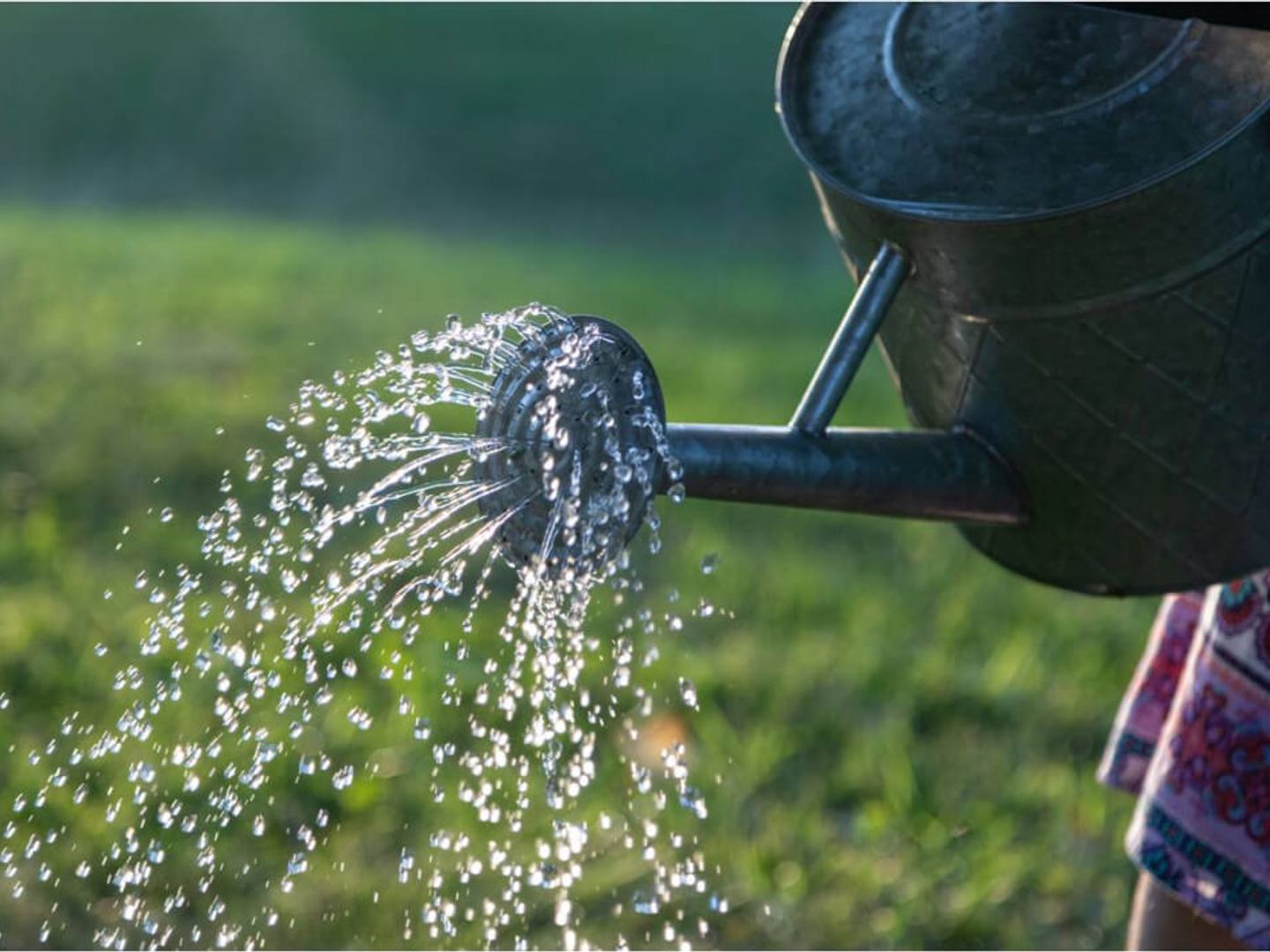Blog
Quench their thirst
16th Jun 2023

If you have read our essential guides to looking after newly planted trees, you will have had it confirmed that their number one requirement is plenty to drink. With small, non-woody plants, it’s very quickly apparent when they’re gasping for a drop, as they wilt all over. With woody plants, you might not notice so quickly since the stems or trunk remain rigid. But beware waiting to water until the signs of thirst show up in the leaves!
If you planted your trees in the last year, you have hopefully got into good habits with your watering regime in recent weeks. If not, start today! We generally recommend watering new trees (and hedging) every few days, nice and heavily so it really sinks into the soil. A bucket or two per tree should do it (more for larger trees, less for smaller). Think about where the roots will be – not just right next to the trunk – and apply the water accordingly. For example, a 6-8ft tall or 15 litre pot tree might have a root spread of 50-80cm in the first year.
Use your judgement. Some soils dry out quicker than others. The soil doesn’t have to be soaking all the time – in fact drowning the roots over a long period is not desirable. We want to encourage the tree to send out roots to look for water, and they also need to breathe.

Above: these trees are not thriving, but they can go on to be healthy specimens. Yes, even the left hand tree is alive under the surface!
Additionally, we are all aware of the need to conserve water these days, and we don’t want to waste it where it’s not needed. We recommend buckets or watering cans instead of hose pipes as you can get the water just where it’s needed, and exercise more control over the amount you’re applying. Mulch to decrease evaporation (and suppress weeds) is highly, highly recommended. Using water collected in a water butt also lowers the metered water bill! Meanwhile, if you really want to water less, opt for smaller rather than larger trees to plant. There aren't so many leaves requiring a constant supply of H20 and they are far easier to establish.

Above left: hornbeam planted as a 60-80cm whip has fared better than larger bare roots planted at the same time. Above right: good aftercare eventually achieves lush growth.
Some trees cope with drought stress better than others, but in the first three years of establishment, you want to try and avoid calling on this capacity. Signs of stress include small leaves, sparse foliage and general failure to thrive. Sounds unappealing in a tree you probably want to have a lush canopy and robust growth! But don’t despair if you see the signs of stress. Trees are resilient, so just get the watering can out and revive it with care and attention. It can return to vigour and vitality. Double check you have followed other recommendations in our planting guide (e.g. staking, planting depth), too. And have faith that as the roots grow and the leaves receive all that sunshine and water, you’ll be admiring a handsome specimen in the years to come.
Credits: Watering can photo by David Ballew on Unsplash. Hornbeam hedge photo by Wyxina Tresse on Unsplash. All other photos Chew Valley Trees.